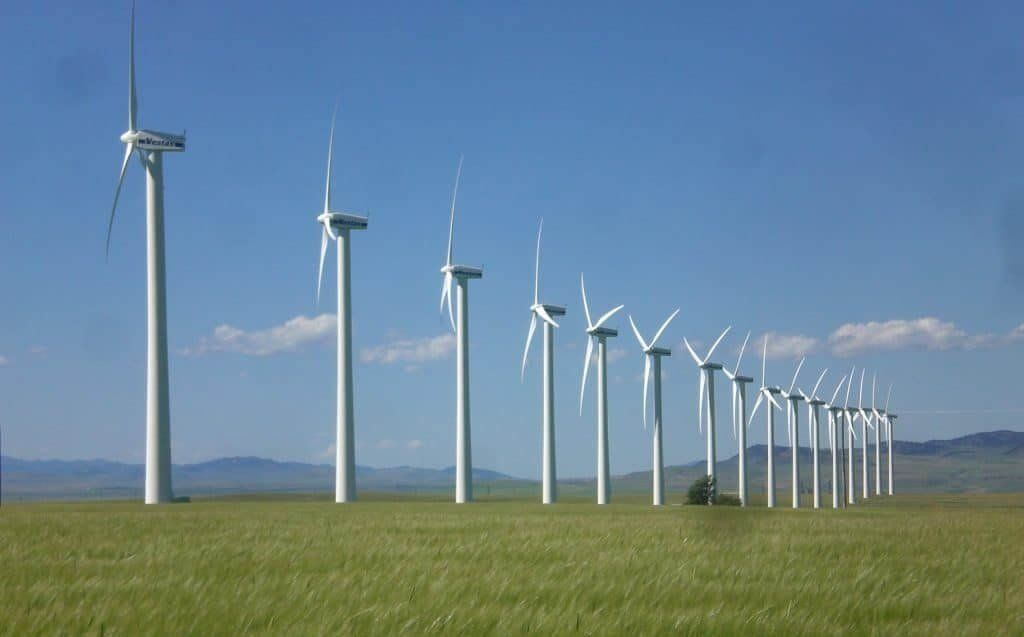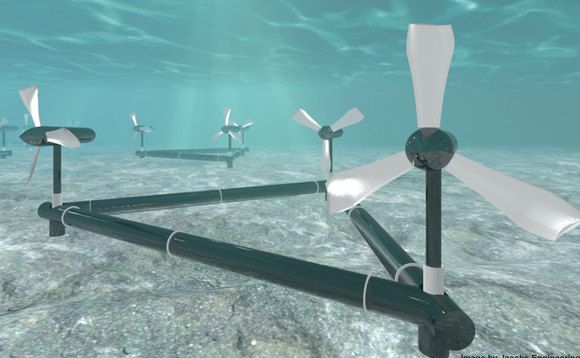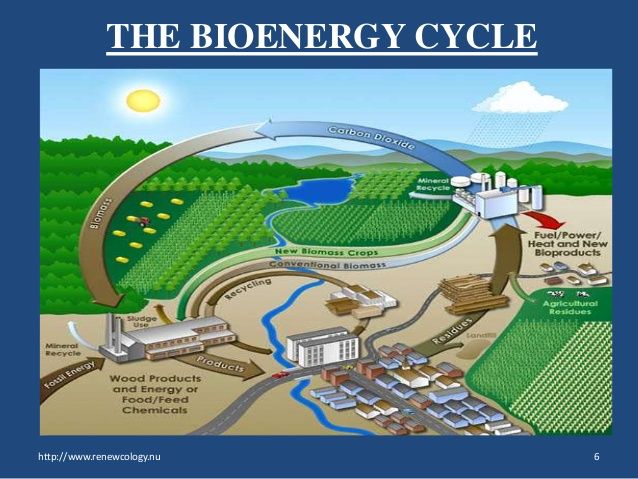Pollution Free Generation Of Energy
May 26, 2019 • 38 views
The sources which generate electricity are either conventional or non-conventional. The non-conventional sources are called renewable sources of energy i.e never-ending sources. The conventional sources of energy are fossil fuels. The burning of fossil fuels always leads to pollution. While Wind Energy, Tidal Energy, Geothermal Energy, Nuclear Energy, Bio Energy, and Solar Energy generate pollution-free energy. Fossil fuels when burn emits Carbon dioxide, Nitrogen oxides, volatile organic compounds, Sulphur dioxide, Carbon monoxide, and Heavy metals. These emissions have a negative impact on the environment.
We need the use of non-conventional sources of energy. Fossil fuels will definitely end one day. There is an urgent need for introducing the alternative. Electricity and heat production contribute 25% to greenhouse gas emissions. But if we stop using coal and other fossil fuels we can minimize the emission.
Wind Energy
The Wind energy makes good use of barren land and but it is not constant. It may pose a threat to wildlife. Above all it does not contributes to pollution.

Solar Energy
Solar energy is weather dependent. But the energy that Sun provides to earth in one hour could meet the global needs for one hour. Nevertheless, photovoltaic cells are made of some chemicals which are hazardous for health. Some solar thermal systems use potentially hazardous fluids to transfer heat. Leaks of these materials could be harmful to the environment. But this kind of power plant doesn't lead to air pollution and water pollution. Also, it is a non-conventional source of energy.

Nuclear Energy
The Nuclear power plant is a clean energy source. The amount of electricity it can generate depends upon the number of hours it works. Although nuclear power plants also produce radioactive waste, the waste does not pollute the environment as the wastes are safely disposed of.
Tidal energy
Tidal Energy converts the energy of tides into power. The tides are more predictable than the sun and wind. It requires the availability of sites and high cost that is why it is not implemented yet.

Geothermal energy
Geothermal Energy is in the heat of the earth. The heat is in the form of gas and hot springs. Resources of geothermal energy range from the shallow ground to hot water and hot rock found a few miles beneath the Earth's surface, and down even deeper to the extremely high temperatures of molten rock called magma. But it's construction may affect the stability of the land.
Bioenergy
Bio energy is also a renewable source for electricity generation. It includes the use of biomass and all agricultural wastes.

Hydrogen
Hydrogen is also used for energy generation. It is used by NASA in liquid form to launch space shuttles. Hydrogen is high in energy, yet an engine that burns pure hydrogen produces almost no pollution.
No source of energy can be perfectly pollution free but biomass energy, hydroelectric energy, wind energy, geothermal energy and solar energy are almost pollution free. It is time to use less electricity and reduce its generation by using fossil fuels.
